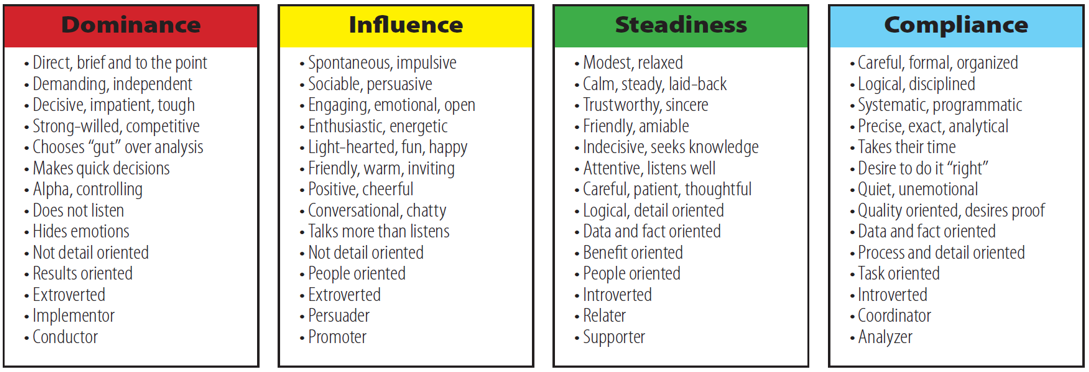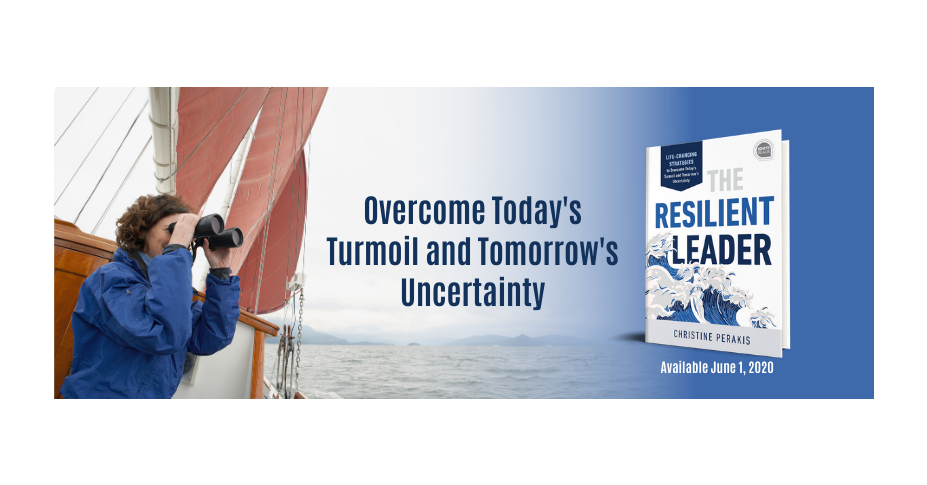...The storm took away our ability to reach the outside world – no cell phones, no internet, no way, even, to reach my friends down the road. I had no plan for my family abroad to learn if I’d survived. The only people on whom I could rely were the strangers who lived around my immediate neighborhood.
Since the earliest explorers went to sea, the communications protocol for mariners is “call and response” – every communication that is made is acknowledged as received and understood. Lives may be at stake so knowing how to communicate in distress is critical. We also know that whenever we set sail, we have to keep our VHF radios tuned to Channel 16. It is the universal emergency channel, kept clear of traffic from everyone other than hailing calls, and is monitored by the Coast Guard for emergencies. It is also used by the Coast Guard to communicate urgent information to anyone who might be in the vicinity of a boat needing assistance. At sea, communication that is understood and received can literally save lives. In normal times, it’s also an important measurement of our ability to lead.
There are things we can do to improve our communication skills, even before a Category 5-level event is on the horizon. This important skill, being able to say what we mean and be understood and accepted, is easily improved with a simple technique. You can educate yourself, your team or your family members about the different communication styles, and how to match and mirror these so your listeners will be more responsive. William Marston developed the DISC communication behavioral styles system in the early 20th Century, that is still used today and is easy to master. According to DISC, there are four basic styles of communication that are Task or People-oriented, and Outgoing or Reserved types. We each lead with one or two primary styles. We may modify our styles in stressful times – hello Covid-19 quarantine!...how did you fare under house arrest?
Below is an example of the different styles and attributes of each type. Can you identify your style, and that of your coworkers and family members among these?


Using this handy “Dos and Don’ts” preferences guide for communicating, regardless of the different styles you encounter, you will be understood and perhaps even “obeyed!”


Warren Buffet says the value of our business can increase by 50% just by mastering the skill of communication. That is quite a difference we can make just by learning to communicate well. I have had clients whose family relationships measurably improve as they gained more clarity and understanding of their own communication styles and preferences in their businesses.
What should you do with this information? One important action every leader can take is to create a communication plan with their team prior to the onset of any crisis. Under stressful conditions, we tend to lose the ability to be effective in our communication with others. Having a plan that is understood by everyone on the team, reduces the inevitable conflicts that can arise in a Cat 5 situation. Knowing that there is a plan, everyone is encouraged to express what they think, feel, and need, and everyone knows what to expect from each other.
One leadership tactic that I came across and found very inspiring is from David Marquet’s book, Leadership is Language. In the book, Marquet talks about what happens when most leaders host a discussion first and then ask for a vote. There are always some people who dominate the conversation, including the boss, and ultimately influence the outcomes. Marquet calls this “the wisdom of the loud.” Instead, to get better results, Marquet recommends a “vote first, then discuss” strategy to give you an uncorrupted view of what each person believes. This ensures that more diverse thought is contributed, without influence by those highly-vocal participants. I had been doing this for some time already working with groups in an enterprise. I get everyone to write down their own thoughts, opinions or ideas before any discussion, which ends up being super-collaborative and creative and much more fun! Marquet calls this the “wisdom of the crowd.” It is a great way to receive authentic communication from your team, leading to great decision-making within the group.
No matter what our role, in a crisis or not, we make greater impact and create better outcomes by mastering communication with those people who are important to us – our families, our teams, our customers, our partners, investors, and suppliers. And we might even be able to save a life!
In this continuing series, I share with you some key strategies to weather any Category 5 crisis, prior to, during and in the aftermath, to not only lessen the impact, but to come through thriving. These are the "7 Barometers of Resilience" that I introduce in my upcoming book, The Resilient Leader: Life-Changing Strategies to Overcome Today's Turmoil and Tomorrow's Uncertainty.
More to come...
- Christine Perakis, author of The Resilient Leader

